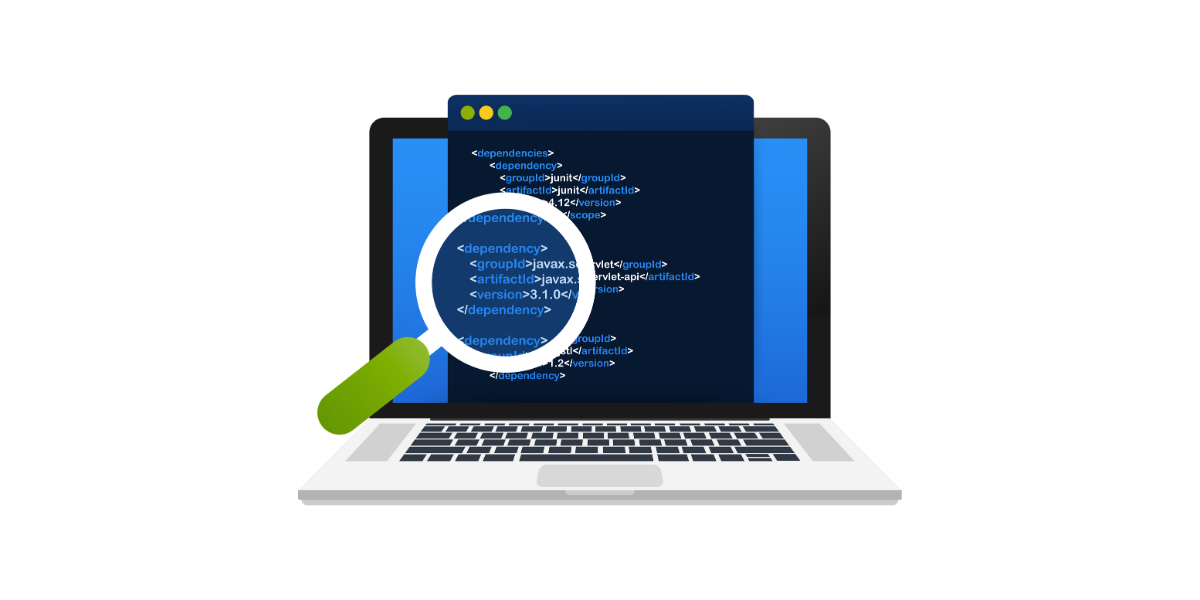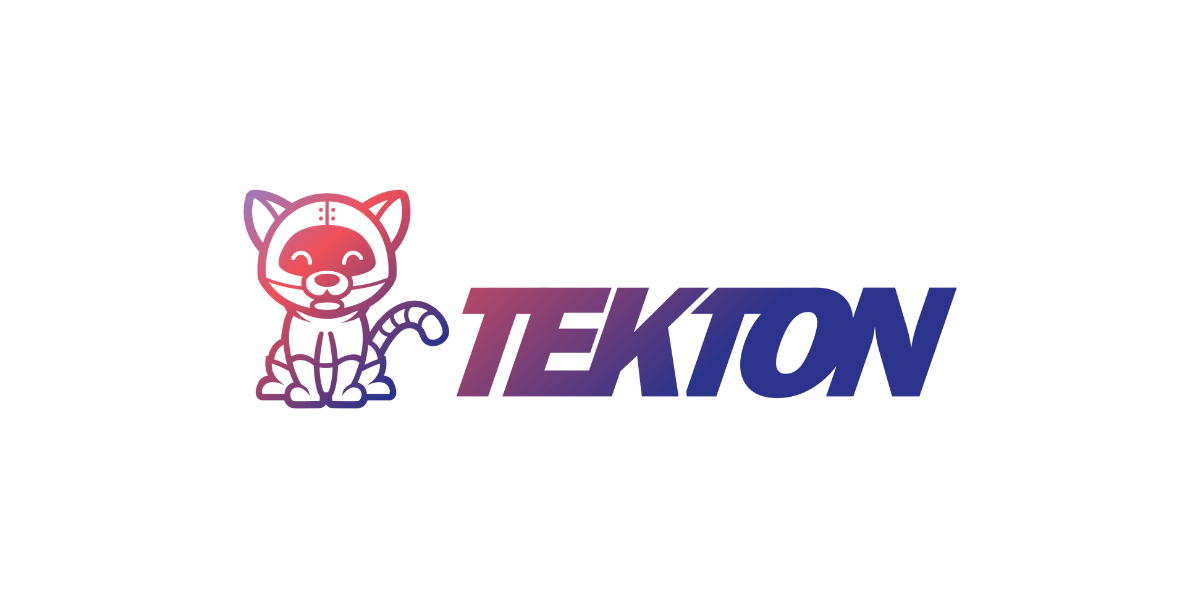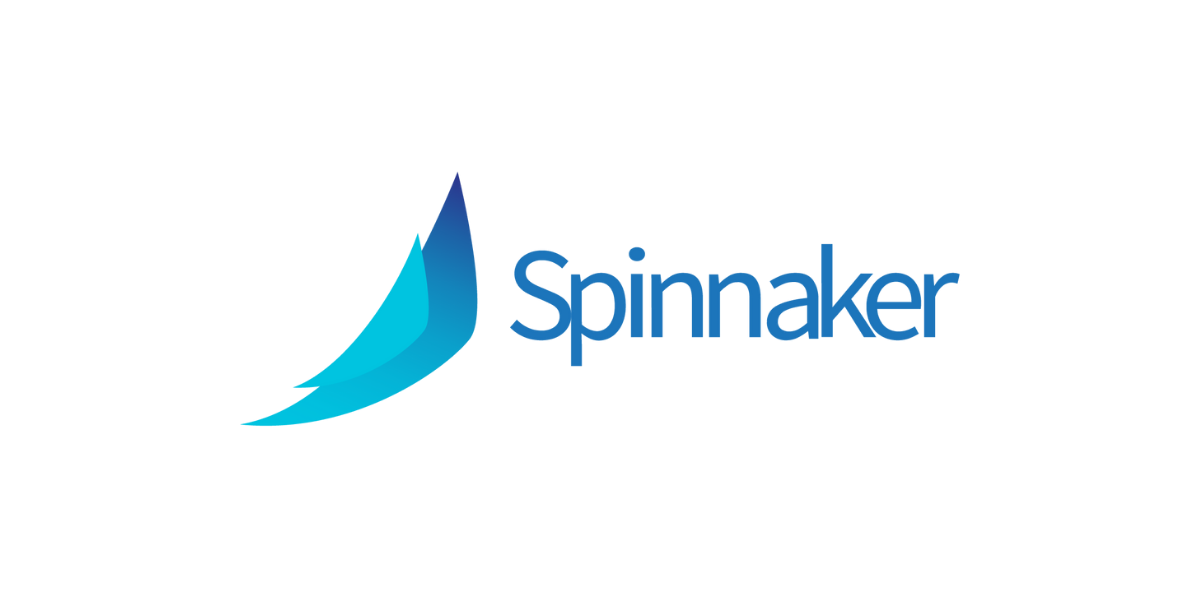
What does continuous integration mean? Simply explained, practically implemented.
The term Continuous Integration - CI for short - is not really a big secret: you regularly upload your code to the shared repository and a pipeline automatically checks whether everything fits together. It's not magic, but simply a clean process that prevents problems from only becoming apparent when it really hurts. Fixing bugs early avoids the chaos associated with checking in incompatible code just before release. But what sounds logical is often not self-evident.
You usually only realize why the CI theme is important when it is missing. Everyone is working on a different feature, someone merges late, tests are run manually or not at all - and suddenly the team spends days working out bugs that could have become visible in minutes.
CI ensures that this doesn't happen. Changes are kept small, checked early and made transparent. The result: less stress, faster results, significantly more reliability in day-to-day operations. Continuous integration significantly increases the efficiency of the development team, as automated processes detect errors at an early stage and optimize collaboration. The integration of automated tests into the day-to-day work of developers ultimately ensures that the overall software quality increases.
When the CI process is in place, development runs more smoothly - provided that the development team works together in a structured manner and consistently implements the principles. Implementing feature flags to control the release of new features allows CI systems to merge incomplete or experimental features into the main branch without affecting the overall product.
At FIDA, we support teams in establishing precisely this routine: pragmatically, in line with the existing environment and without unnecessary overhead.
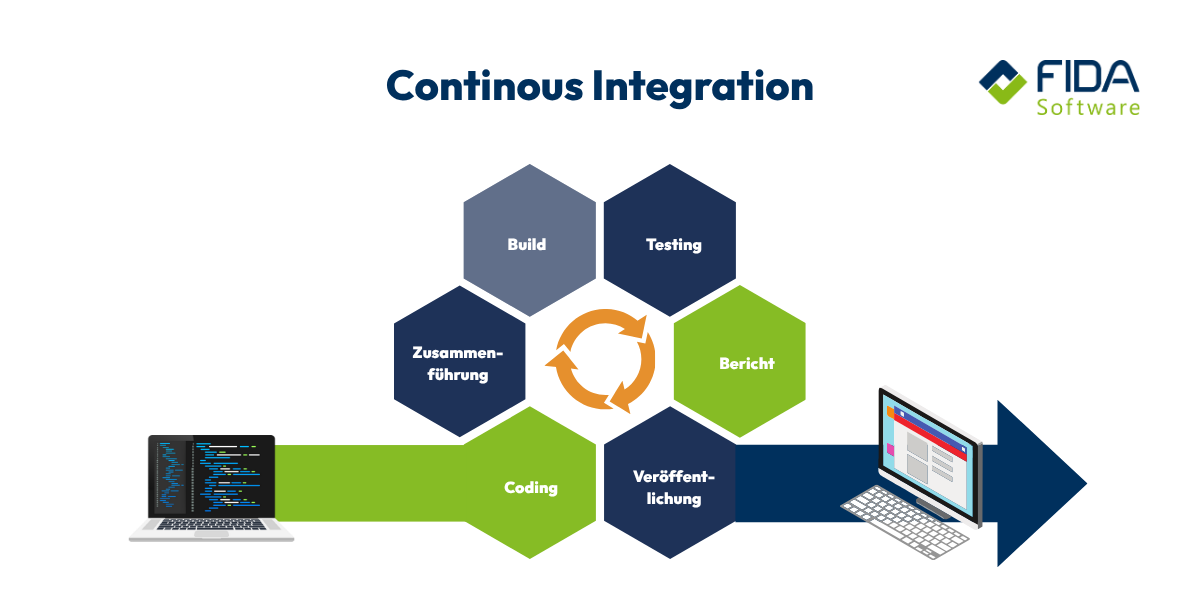
Definition: What does Continuous Integration mean?
Continuous Integration (CI) basically means that you regularly merge code changes and automatically check whether everything is still working. Code changes are continuously monitored and automatically integrated to ensure software quality.
Instead of integrating large packages all at once, many small commits end up in the central repository on an ongoing basis. The source code repository serves as a central location for managing and reviewing code changes. A CI pipeline builds the project, runs tests and shows you immediately if something goes wrong. This keeps problems manageable and prevents the team from working at cross-purposes for weeks on end.
CI is a working principle that provides stability while keeping development moving.
CI vs. CD: What the abbreviations mean
In software development, we often hear about CI and CD - two terms that are closely related but have different purposes.
Continuous Integration (CI) refers to the process in which developers regularly integrate code changes into a central repository. Each change is automatically tested in order to detect errors at an early stage and ensure code quality.
Continuous Delivery (CD) goes one step further: after successful integration, the software is automatically prepared for delivery. The aim is to provide a production-ready version at all times that can be published with minimal effort.
Together, they form the backbone of modern DevOps workflows. Integration and continuous delivery are crucial for efficient, automated software development processes, as they enable all phases to be seamlessly connected.
CI - Continuous Integration
Continuous integration means that developers regularly add their code changes to a shared repository. Continuous integration describes the process of automatically merging and testing code changes to ensure fast and secure development. CI allows developers to review their code frequently to prevent local copies from straying too far from the main branch of the code build. Creating a test environment that is as similar as possible to the final production environment can help ensure that the test results give an accurate picture of how the software will work in the real world.
Each commit is automatically built and tested so that problems are immediately apparent. The aim is to detect errors early, avoid integration problems and ensure a stable code base. If all tests are successful, the integration is considered successful, otherwise the integration is marked as failed and the development team is informed. CI is therefore the process that keeps the code "healthy" before it is processed further.
CD - Continuous Delivery / Continuous Deployment
CD is often used in two ways:
Continuous Delivery: Here the code is automatically prepared for deployment after the successful CI build. It can go into the production environment at any time, but the actual release step is still carried out manually.
Continuous Deployment: This step goes one step further: successful builds are rolled out directly into production - without manual release. It is crucial that automation and control have the highest priority when deploying to the live production environment in order to ensure stability and continuity. Continuous deployment requires well-designed test automation, as there is no manual approval prior to production. This requires very stable tests and pipelines.
In short, CI ensures that the code is cleanly merged and tested, CD ensures that this code is deployed quickly, reliably and automatically. Together, they form the backbone of modern DevOps workflows and ensure that teams deliver faster while maintaining high quality.
Why is Continuous Integration important?
CI is basically the answer to a well-known problem: in traditional software development, code was often only merged at a late stage - sometimes just before a release. Everyone worked separately somewhere, integration was done manually and took forever. The larger the team, the greater the chaos. Different code statuses, different schedules, few tests and hardly any overview of which change triggered which error.
What happened next? Exactly what nobody in the project needs: Integration problems only emerge when it is actually already too late. Integration errors are a typical cause of delays and quality problems, as they often occur when merging code changes and can affect code quality.
Errors accumulate because large updates are tested in one go - if at all. Debugging becomes detective work, releases are delayed, teams lose time and motivation, and users end up with software that is not as stable as it should be.
Continuous integration breaks this cycle. New changes land early and regularly in the central repository and are automatically built and tested. The system provides immediate feedback if something doesn't fit together, instead of days or weeks later. Problems remain small, traceable and can be solved quickly.
This is precisely why CI is now a central pillar of modern DevOps workflows, as efficient development processes and the active involvement of developers in continuous integration are crucial to the success of software development.

Which CI components and processes are crucial?
Before we look at individual tools and processes, it is helpful to understand how Continuous Integration works in the first place and which building blocks are crucial. CI is more than a tool or a single pipeline - it is an interplay of processes, systems and habits that together ensure that code is reliably integrated, tested and deployed.
The aim is to detect errors early, keep builds stable and enable teams to work quickly and in a relaxed manner. For this to succeed, certain components need to work together.
Each component - from the central repository to the CI system to the CI pipelines - takes on a specific role: the CI system automates the integration process, while the CI pipelines ensure automated builds, tests and deployments, thereby increasing efficiency and quality in the development cycle. This includes a central repository that makes the code visible to everyone, a CI server that automates builds and tests, and mechanisms that ensure that new changes are integrated cleanly.
Once you have understood these components, it becomes clear why CI is so effective: it is not just automation for automation's sake, but a structured process that creates transparency - especially through a well-configured CI system and efficient CI pipelines - makes errors visible at an early stage and makes everyday life in the team much more relaxed.
Central repository
The entry point is always a shared repository - usually based on Git. This is where all commits end up, are versioned and can be tracked transparently by the entire team. The codebase is the central collection of source code that all developers work on together. Branches help to separate new features or fixes from the main branch. This allows you to work in a concentrated manner without jeopardizing the stability of the "main". Models such as Gitflow also define roles for branches and specify how changes are merged. You don't have to use them, but you should be aware of them.
CI server
The CI server is the automation center. It monitors the repository for changes and starts a pipeline as soon as a new commit appears. The server builds the project, runs tests, creates reports and shows you immediately if something is wrong. A build tool takes over the task of generating executable software artefacts from the source code and automates the build process to minimize sources of error. Tools such as GitLab CI, Jenkins, GitHub Actions or AWS CodePipeline come with their own interfaces that you can use to define and visualize processes.
Code integration
CI thrives on small, frequent changes. The regular integration of code into the development process enables continuous quality assurance and helps to detect errors at an early stage. Instead of pushing large packages, you regularly integrate minor commits that can be easily checked. Pull requests or merge requests serve as quality control: the team can comment, check and find errors early on before the code ends up in the main branch.
Build automation
As soon as a commit is received, the pipeline takes over: Build scripts start, dependencies are installed, the project is compiled or packaged. Various systems such as CI servers, version management and automated toolchains play a central role in implementing build automation efficiently and reliably. The output is later used as the basis for tests or deployment.
Automated tests
Tests are at the heart of every CI pipeline. Testing, and automated tests in particular, are crucial for quality assurance as they ensure the reliability and continuity of software development. Unit tests check functions on a small scale, integration tests check whether modules interact correctly and the automated testing process within the pipeline ensures efficient error detection. Depending on the project, end-to-end tests, static code analyses or security scans are added. The aim is always the same: to detect errors before they block others.
Feedback & artifacts
CI only works with fast feedback. An effective feedback loop is crucial as it supports the continuous improvement process and enables teams to receive regular feedback from end users in order to iteratively optimize the pipeline. If a build breaks or a test fails, you will be notified immediately and ideally the bug will be fixed straight away. Successful builds generate artifacts such as binary files, packages or Docker images, which are versioned and saved. This keeps track of what was built when and how stable the pipeline is.

Challenges with CI/CD
CI/CD brings many benefits, but its implementation can present some stumbling blocks. A common misunderstanding concerns the difference between Continuous Integration (CI) and Continuous Delivery/Deployment (CD). CI alone only ensures that code is regularly merged and tested. Those who implement CI but leave out CD often mistakenly speak of a complete CI/CD pipeline. For true CI/CD, integration, testing and deployment processes must work together seamlessly.
Another sticking point is the collaboration between the teams involved. DevOps thrives on close cooperation between development, QA and operations, but these groups often have different priorities: developers want to deliver new features quickly, QA wants to minimize errors, and operations wants stable, secure releases. A well-planned CI/CD pipeline can mitigate these conflicts by automating handoffs and making it clear who is responsible for which part of the pipeline. This keeps development productive, tests reliable, and operations can be sure that the code is ready for production.
The implementation itself is also a challenge. Automation is crucial: repetitive manual processes quickly lead to delays and errors. It is worth starting small - for example in a pilot team - to make successes visible and increase acceptance within the company.
Last but not least, security plays a major role. Security measures should be anchored early on in the software development cycle, not as an afterthought. In this way, risks can be identified in good time and rectified cost-effectively before they jeopardize operations.

What does CI/CD security mean?
CI/CD security ensures that your code pipelines remain protected and vulnerabilities are detected early. It is about integrating automated checks and tests directly into the pipeline so that security problems do not reach production in the first place.
A modern approach relies on shift left (considering security early in the development process) and shift right (checks during and after deployment). This protects your code from attacks, prevents data leaks, ensures compliance with guidelines and increases the quality of your software.
Without appropriate security precautions, there are risks such as
Disclosure of sensitive data to external sources
Use of insecure third-partycomponents
Unauthorized access to repositories or build tools
By identifying and fixing vulnerabilities throughout the development cycle, you ensure that every commit is thoroughly checked and meets security standards before it goes live. CI/CD security is therefore a central component of modern, reliable DevOps pipelines.
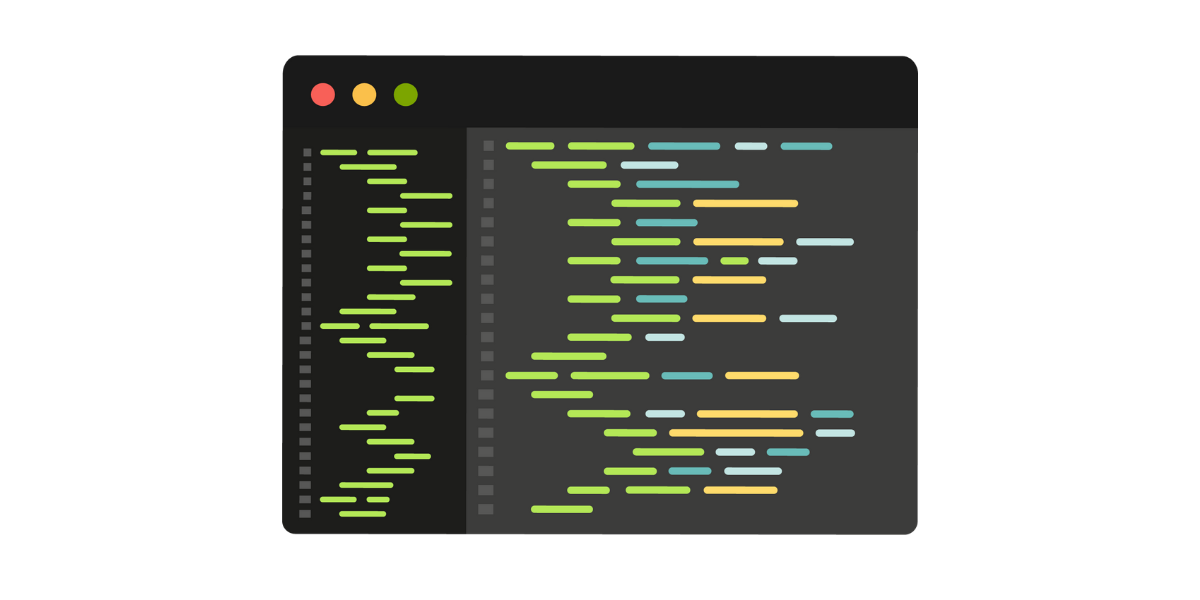
Best practices - What makes a successful CI?
Successful continuous integration relies on clear processes, automation and continuous feedback. It is important that commits are small and frequent so that problems are noticed immediately instead of building up over weeks. Automated tests - from unit to integration to end-to-end tests - form the backbone of every pipeline and ensure that errors are detected early. Equally crucial are metrics such as build time, failure rate or test coverage, which help to monitor and continuously optimize the pipeline. Practical best practices also include caching to speed up builds, secrets management for secure access data and clear code reviews to ensure quality and consistency. Ultimately, a well-maintained CI ensures that teams work faster, releases are more predictable and bugs are caught early - while developers stay focused.
What CI/CD tools are there?
CI/CD tools support teams in automating development processes, tests and deployments. Some tools focus on integration (CI), others on deployment (CD) or on test and monitoring workflows. Popular CI/CD tools include Jenkins, CircleCI, GitLab CI, Travis CI and Spinnaker. The choice of the right tool depends heavily on your project, team size and the infrastructure used. Here is an overview of some of the best-known tools:
Jenkins
Jenkins is one of the best-known open source tools for CI/CD. It can be used both as a simple CI server and as a comprehensive CD hub. With numerous plug-ins, you can flexibly control builds, tests and deployments and customize workflows. Jenkins is a popular, extensible open source automation tool for CI/CD and is particularly suitable for teams who want to have full control over their pipeline.
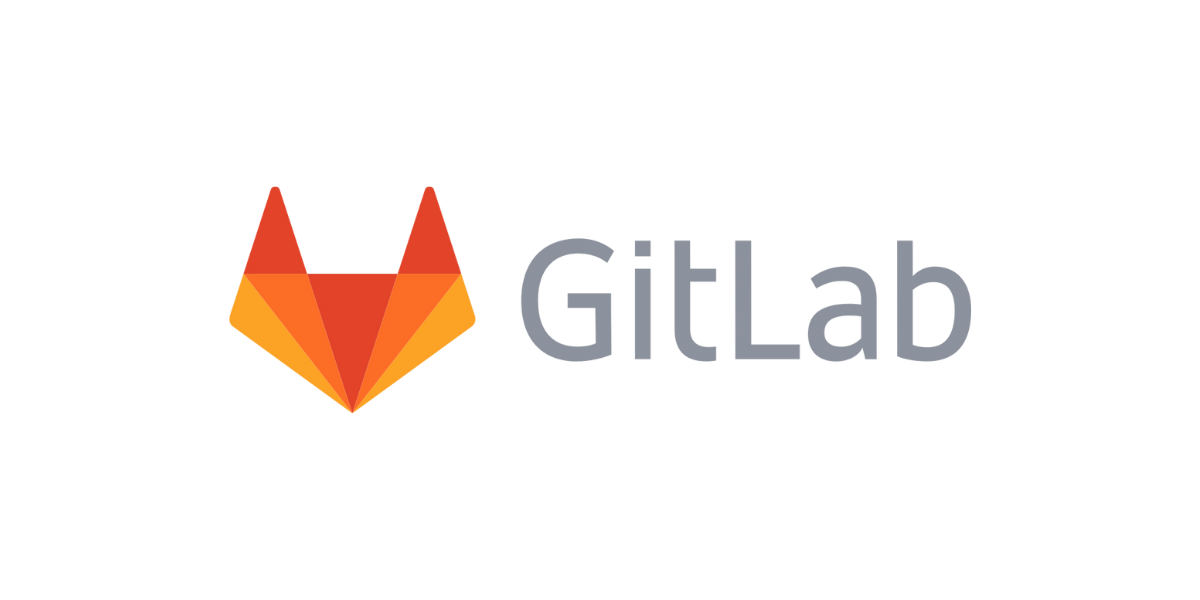
GitLab CI
GitLab CI is directly integrated into GitLab and provides a seamless connection between version control and pipeline. It supports automatic builds, tests and deployments and allows teams to define pipelines directly in the project interface. GitLab CI is particularly useful for developers who want to use version management and CI/CD from a single source.
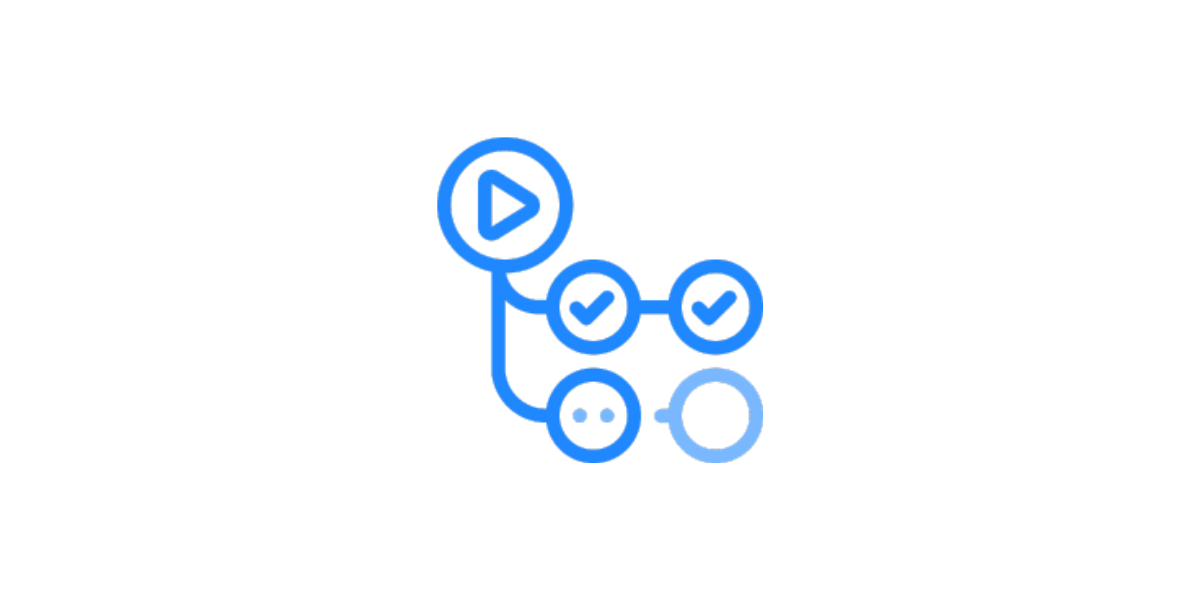
GitHub Actions
GitHub Actions allows you to create workflows directly in GitHub repositories. Automatic builds, tests and deployments can be configured using simple YAML files. The close integration with GitHub makes it ideal for projects that are already hosted there.
Tekton Pipelines
Tekton Pipelines is a cloud-native CI/CD framework for Kubernetes. It enables standardized CI/CD workflows in containerized environments and is particularly interesting for teams that rely on modern, scalable cloud architectures.
Spinnaker
Spinnaker is a continuous delivery platform that specializes in multi-cloud deployments. It automates the deployment of applications across different cloud providers and ensures that releases run reliably and repeatably.

GoCD
GoCD focuses on the modelling and visualization of pipelines. With GoCD, you can visualize complex workflows transparently and thus improve team collaboration. It is well suited to projects where multiple steps and dependencies need to be coordinated.
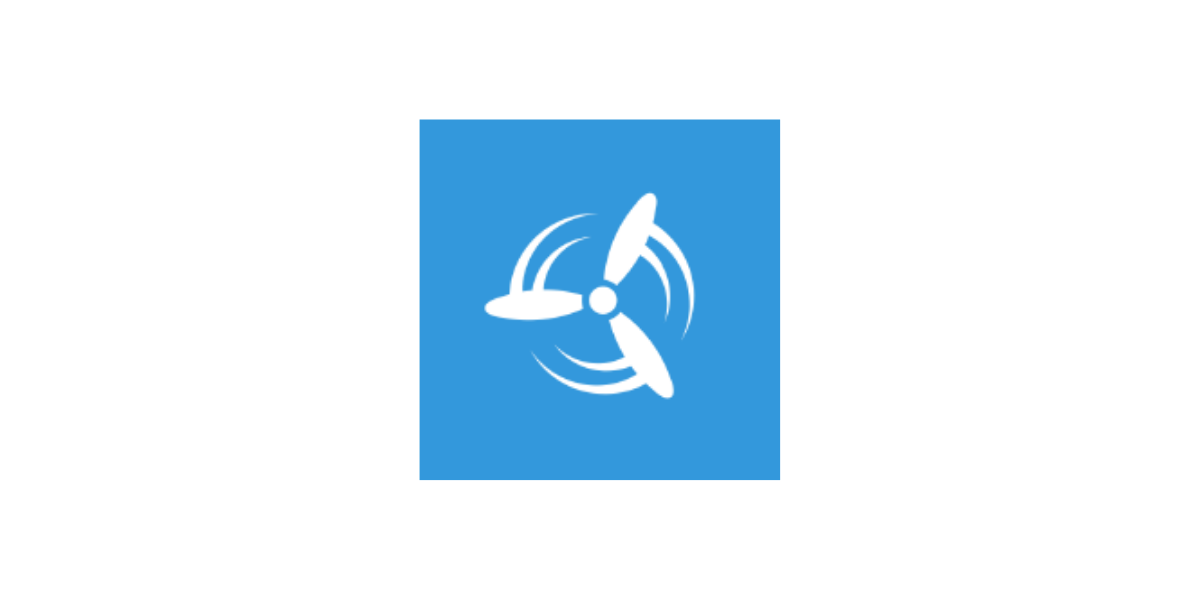
Concourse
Concourse is a lean open source system for CI/CD. It emphasizes simple pipelines that are easy to maintain and reproducible. The tool is particularly suitable for teams that rely on minimalist, clear processes.

Screwdriver
Screwdriver is a build platform specially designed for continuous deployment. It automates the entire process from code commit to deployment in production and is suitable for teams that plan frequent releases.
Stable CI/CD pipelines with FIDA
ontinuous integration (CI) and continuous delivery/deployment (CD) are more than just technical tools - they are working principles that make teams faster, more efficient and more reliable. With well-implemented pipelines, you can detect errors early, automate recurring tasks, improve the quality of your software and ensure that releases are predictable and secure.
Although the introduction of CI/CD is a challenge, it pays off in the long term: teams work in a more relaxed manner, processes become transparent and risks are minimized. At the same time, it is crucial to consider the right tools, processes and security measures from the outset. The implementation of CI/CD also requires careful selection of the right tools and technologies to ensure the efficiency and reliability of the processes.
As an experienced service provider in the field of software development, FIDA supports companies at every step on the way to stable CI/CD pipelines: from strategic consulting to the selection and implementation of suitable tools, training for your team, to the operation and support of the pipelines. We help you to make sensible use of automation, design efficient processes and continuously ensure software quality.
FAQ - Frequently asked questions about Continuous Integration and CI/CD
CI (Continuous Integration) means that code is regularly merged, built and tested. CD (Continuous Delivery/Deployment) builds on this and ensures that tested code goes into production automatically or at the push of a button. CI ensures stability, CD enables fast, reliable releases.
Popular CI/CD tools include Jenkins, GitLab CI, GitHub Actions, Tekton Pipelines, GoCD, Spinnaker, Concourse and Screwdriver. There are also managed solutions from cloud providers or tools for configuration management, containerization and orchestration, e.g. Docker, Kubernetes or Ansible.
No, that is rarely realistic. It is important that critical components and integrations are covered. Unit tests, integration tests and automated QA ensure that errors are detected early, while the team can concentrate on important features.
Step by step is best: Start with a version control system, set up local test environments and document processes. Then set up a pipeline, staging server and initial automation, integrate tests and security checks. Make small successes visible, then expand.
Security should be anchored early in the process. Use shift-left and shift-right approaches, automated security checks, DAST/static analysis tools and access management. In this way, vulnerabilities are detected early and production is protected.
Yes, FIDA supports companies from consulting and workshops through to operation. We help with tool selection, pipeline development, automation, security integration and team enablement - in a practical, individual and sustainable way.
